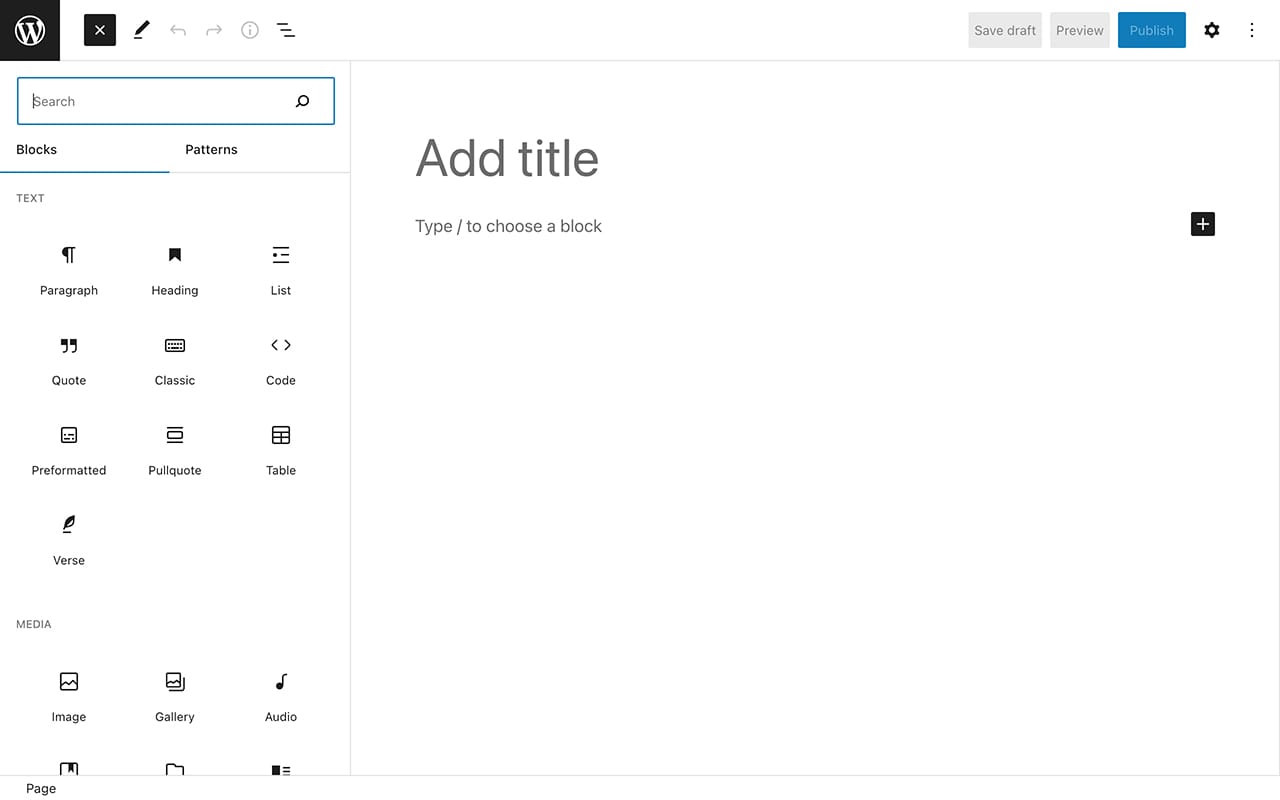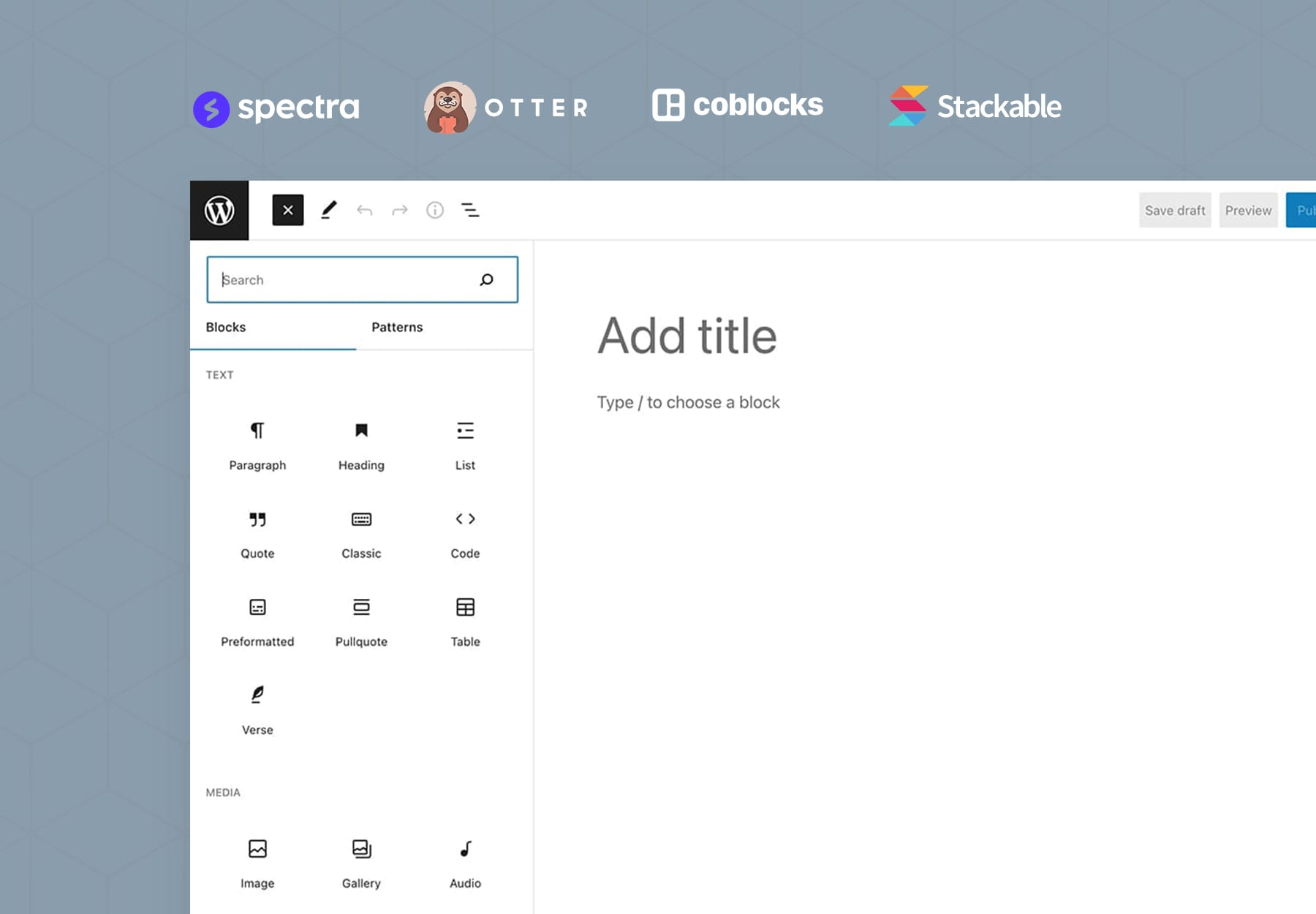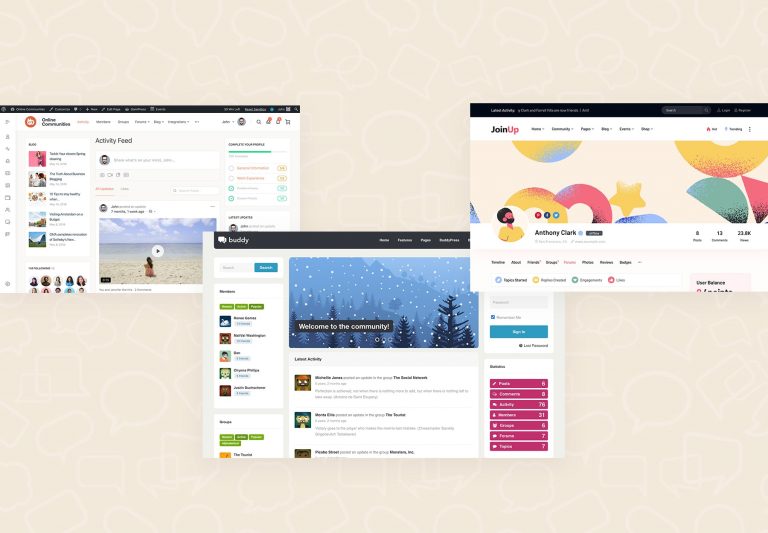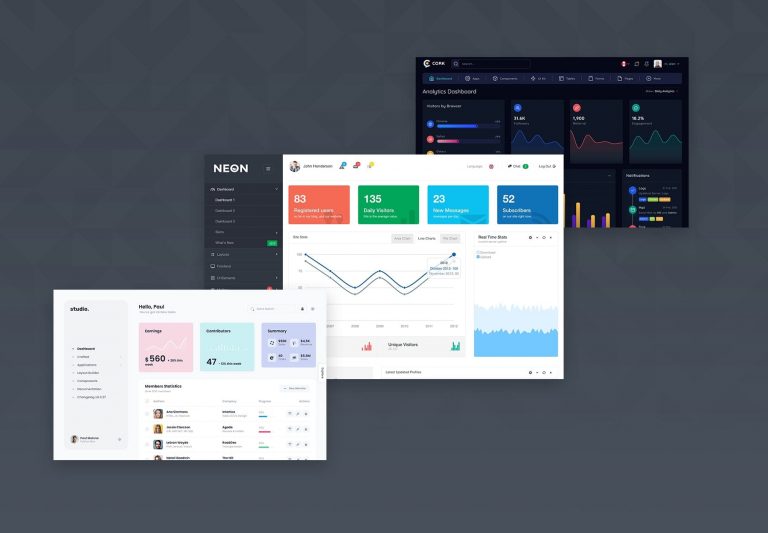The WordPress Block Editor (also known as Gutenberg) enables you to build websites with blocks. It comes with all the basic elements you need to create a page, from images and headings to lists and galleries. However, if you want to design something truly unique, you’ll need to go beyond the basics.
This is where Gutenberg blocks plugins come in. These tools offer dozens of new block options to play with, enabling you to create any type of page or design that you want (all without needing to use code).
In this post, we’ll take a closer look at the Block Editor and why you might consider extending it with a plugin. Then, we’ll review some of the best Gutenberg blocks plugins on the market. Let’s get started!
Why You Should Consider Installing a Gutenberg Blocks Plugin
In the 5.0 software update, WordPress added a new editor called Gutenberg. This tool enables you to create new posts and pages for your website using a block-based system:

Compared to the previous Classic Editor, Gutenberg makes it much easier to customize pages and posts. It enables you to add almost any type of element you want in the shape of blocks, ranging from images to buttons, files, galleries, and more. Each block is fully customizable and you can re-arrange them in any layout you want.
Although the built-in Block Editor can be useful, you might not find the specific block you were looking for. For this reason, you may need to install a Gutenberg blocks plugin. This tool will extend the default editor and enable you to build unique pages and posts for your site.
Typically, Gutenberg blocks plugins offer a broad collection of elements. This means you don’t need to install a separate plugin for each new block.
For example, if you want to add a table of contents and an FAQ section, you can select a Gutenberg Blocks plugin that offers both of these features, rather than installing a tool for each element. This way, you can reduce the number of plugins on your site, which can help improve its performance.
4 Best Gutenberg Blocks Plugins
If you want to extend the native WordPress Block Editor, you’ll need to install a Gutenberg blocks plugin. To help you find the right one for your needs, let’s discuss some of the best options available!

1. Spectra
One of the best Gutenberg block plugins is Spectra. This tool integrates with the native Block Editor but extends the default options. You’ll be able to add containers, reviews, FAQ sections, and more.
Additionally, Spectra is designed by the creators of the Astra theme. When you install the plugin, you can also download entire starter site templates. Plus, you’ll be able to import single pages, block patterns, and wireframes.
Key Features:
- 28 unique blocks
- 42+ preset block templates
- 20+ pre-built starter sites
- Customizable block styles
- Integration with WooCommerce, LifterLMS, and LearnDash
Pricing: Spectra is a free WordPress plugin. You can access all of its extended blocks, patterns, and starter templates without purchasing a subscription.
2. Otter

Otter is another free plugin that automatically adds custom blocks to Gutenberg. What makes it stand apart, however, is its advanced editing capabilities. Along with new blocks, you can use Otter to add CSS, animations, and visibility conditions.
With Otter, you’ll receive an updated Patterns Library. Adding to the native block patterns, Otter comes with pre-built headers, footers, pricing tables, and other important sections for your website.
Key Features:
- 30+ unique blocks
- Patterns Library
- Custom CSS
- Animations
- Visibility conditions
- WooCommerce Builder
Pricing: There is a free version of Otter that offers basic blocks and customizable settings. If you need to use the WooCommerce Builder or e-commerce blocks, you’ll need to purchase Otter Pro, which starts at $39 per year.
3. Stackable

If you’re looking for a free plugin that adds a variety of Gutenberg blocks to your site, Stackable may be the right option for you. This tool gives you 39 custom blocks, which include a table of contents and a progress bar.
Stackable has many design options. You can add hover animations, global colors, motion effects, and more.
Bloggers can also benefit from Stackable’s page and post settings. You can control how your posts are displayed based on their categories or taxonomies. This can help you build a custom blog page.
Key Features:
- 39 unique blocks
- 37 UI kits
- 437 pre-made block patterns
- Hover styles and motion effects
- Integrates with ACF, Google Fonts, Blocksy, and more
Pricing: Stackable is available for free in the WordPress Plugin Directory. Stackable Premium, however, starts at $49 per year. All of these plans come with motion effects, design UI kits, and CSS customization.
4. CoBlocks

Sometimes, Gutenberg blocks plugins don’t offer the specific block you want to use. Unlike other options, CoBlocks provides an extensive collection of unique WordPress blocks. With this plugin, you can insert GIFs, Food & Drinks, events, and other useful features.
CoBlocks was designed specifically for web developers. It provides responsive padding and margin settings to achieve the layout and design you’re aiming for. Plus, you can even create your own block patterns and register them.
Key Features:
- 54 unique blocks
- Row and Columns blocks
- Typography control panel
- Custom block pattern registration
- Free companion theme
Pricing: Since CoBlocks was created to be open source, it’s completely free to download.
Conclusion
The native Block Editor provides basic blocks for paragraphs, headings, and images. If you need more extensive options, consider installing a Gutenberg blocks plugin. This will make it easy to create pages and posts with custom blocks.
To review, here are the best Gutenberg blocks plugins:
- Spectra: A free Gutenberg blocks plugin that comes with pre-designed blocks, block templates, and starter sites.
- Otter: A popular plugin with advanced settings for customizing CSS, animations, and visibility conditions.
- Stackable: A tool with 39 extra blocks, hover effects, and custom post settings.
- CoBlocks: A developer-focused plugin with responsive settings and custom block pattern registration.
Do you have any questions about how to enhance WordPress with Gutenberg blocks plugins? Let us know in the comments section below!



